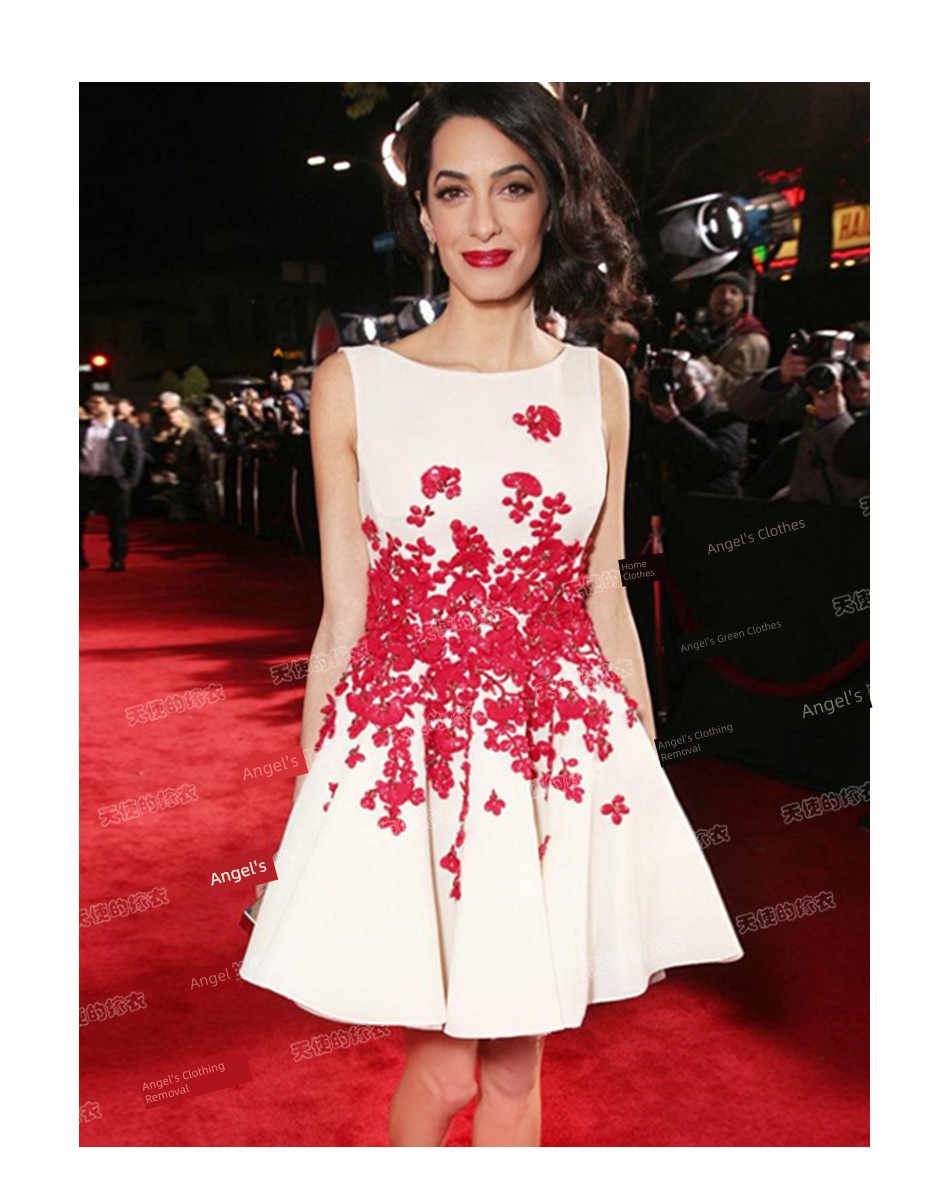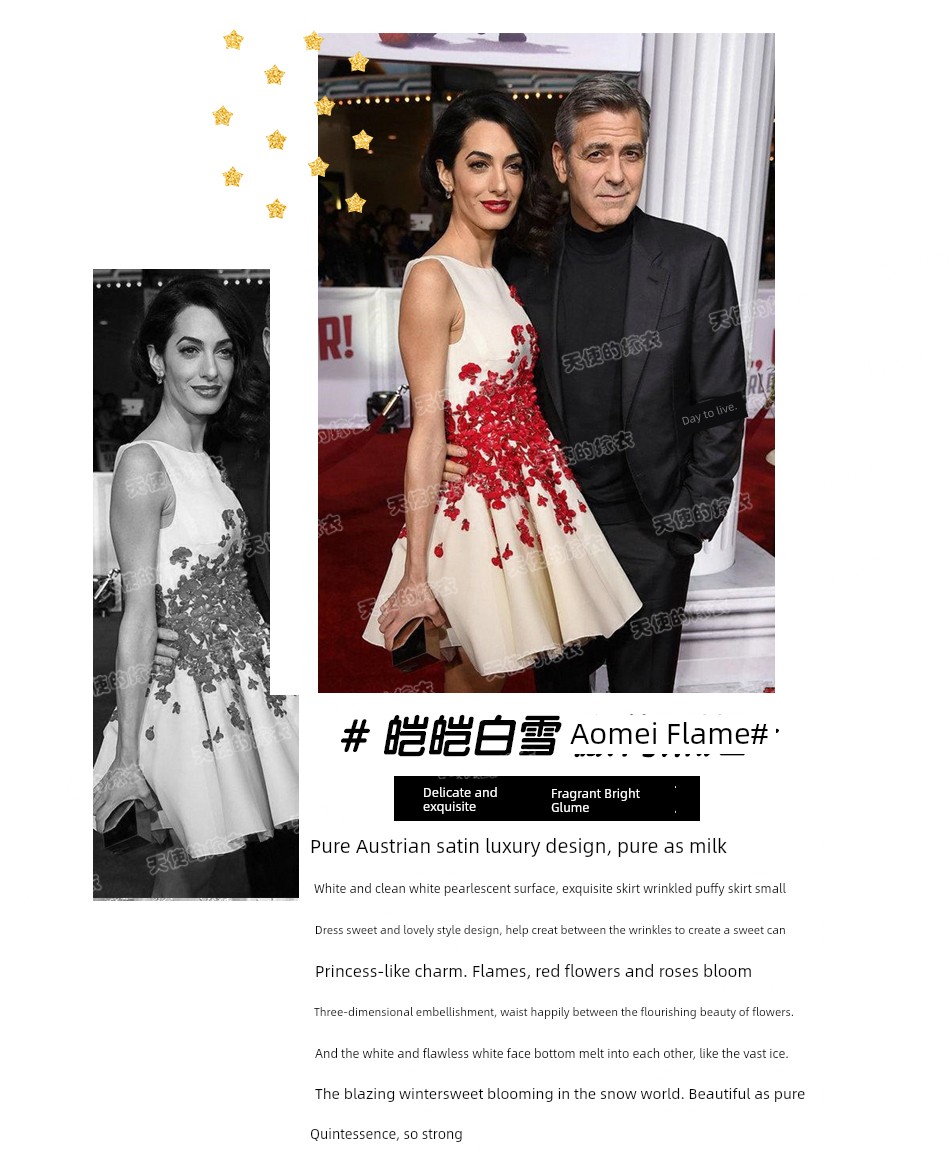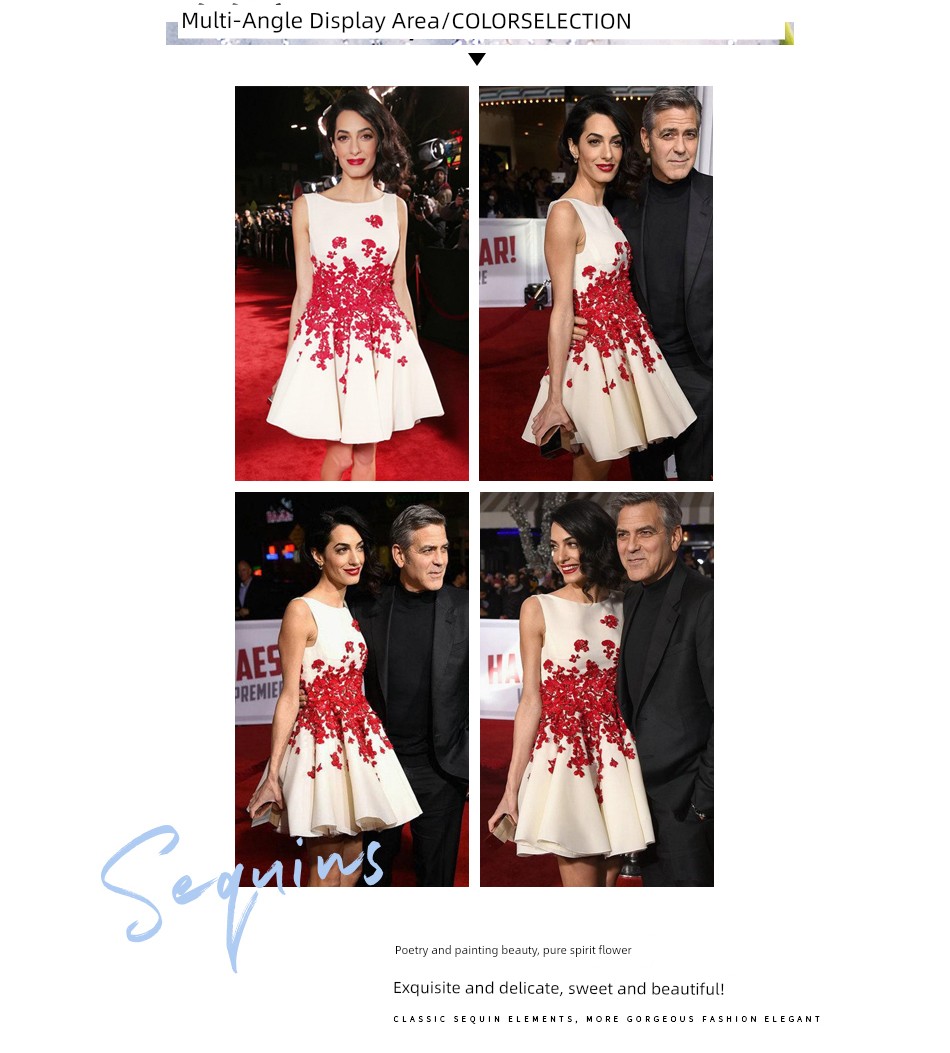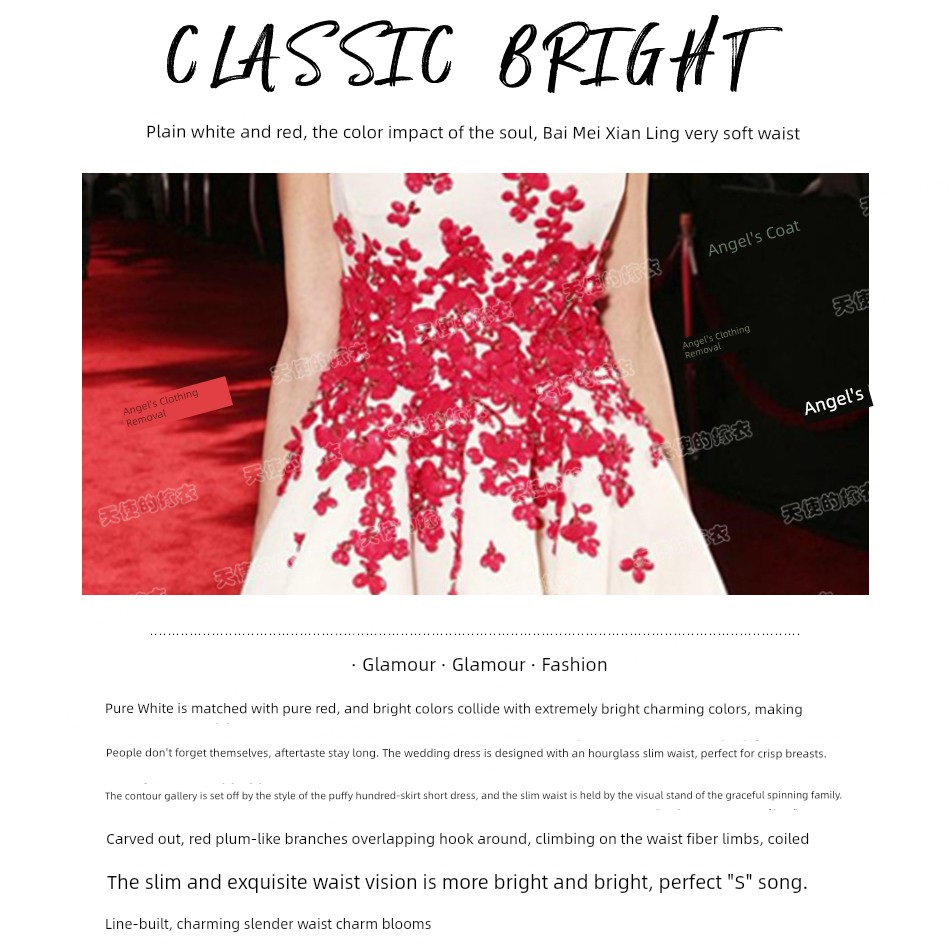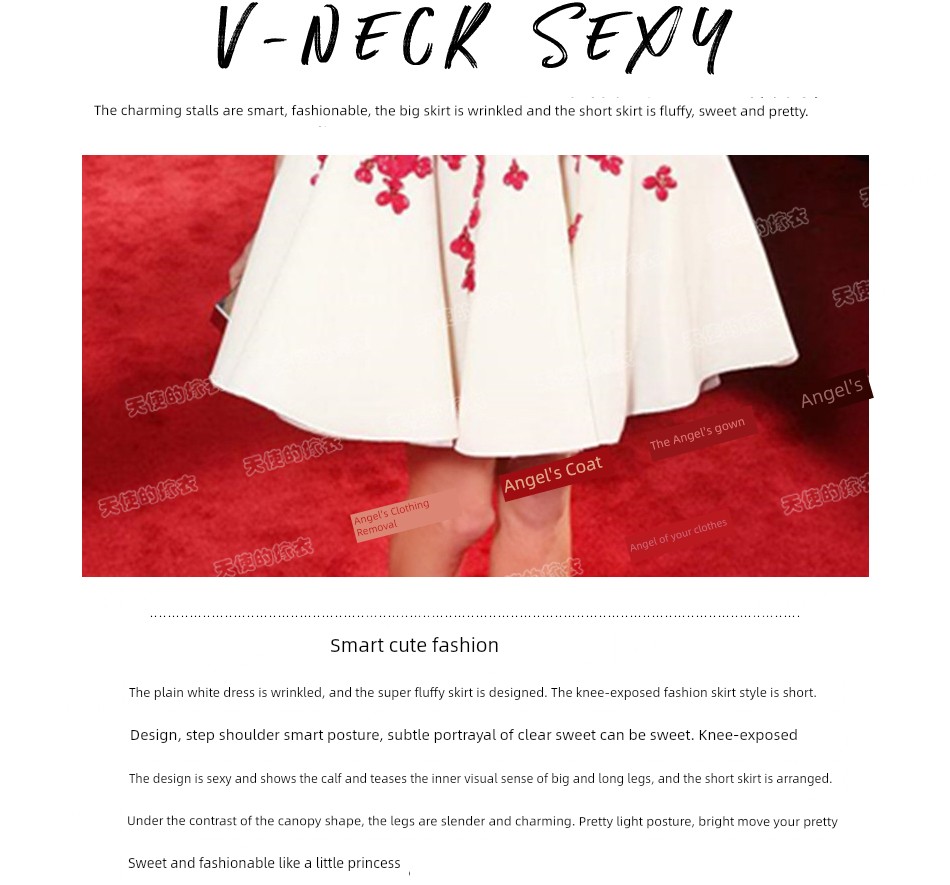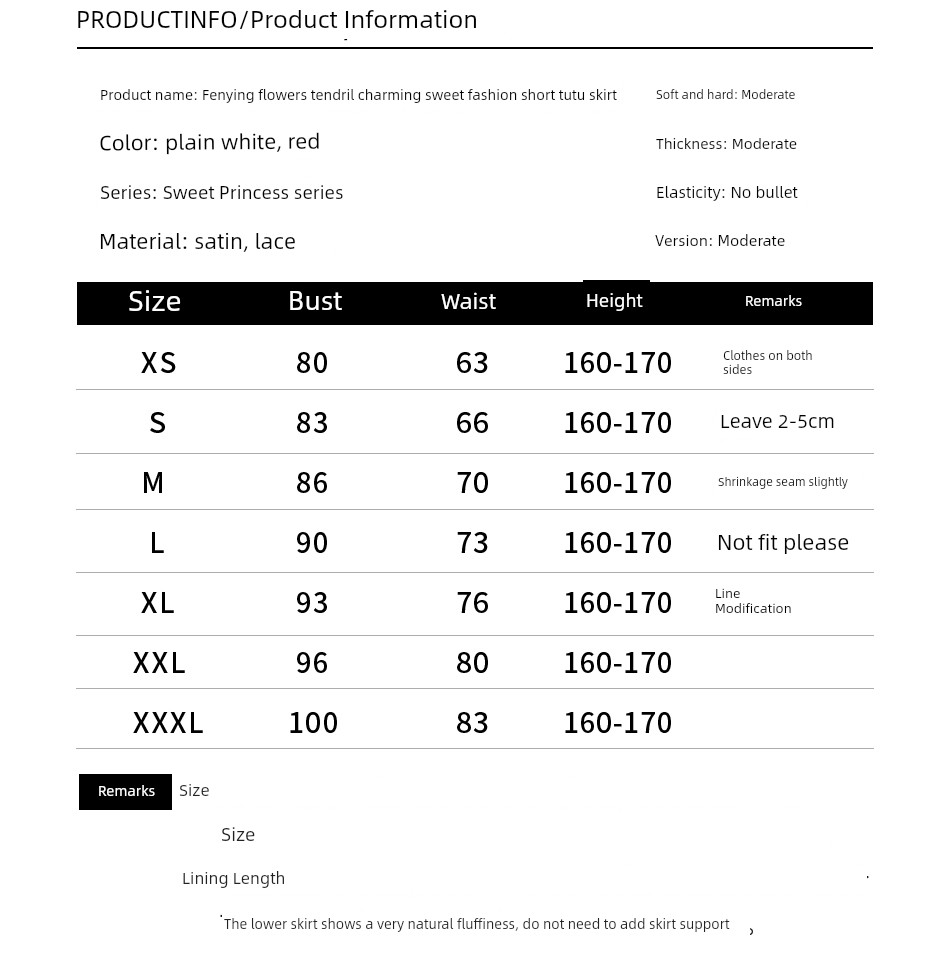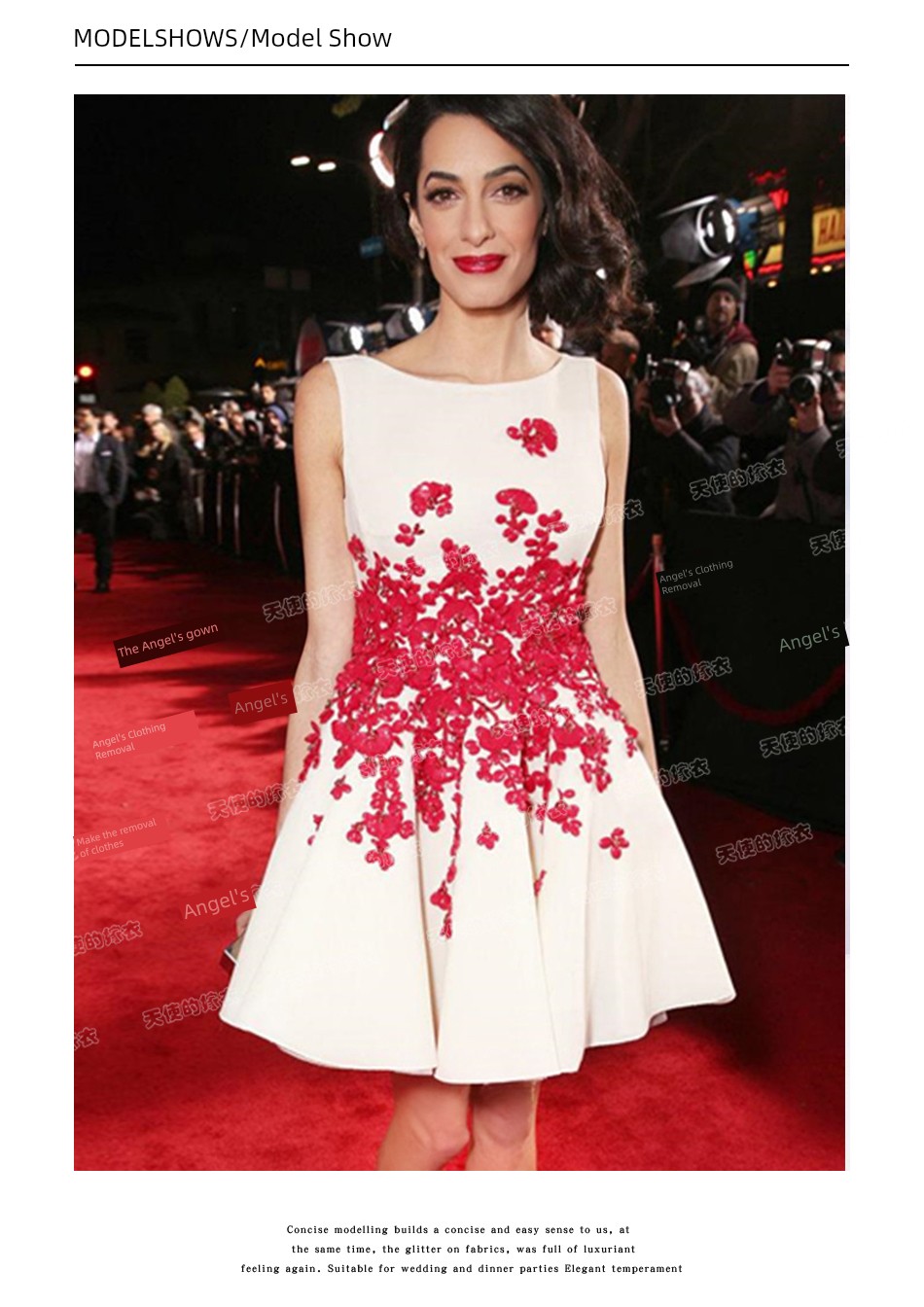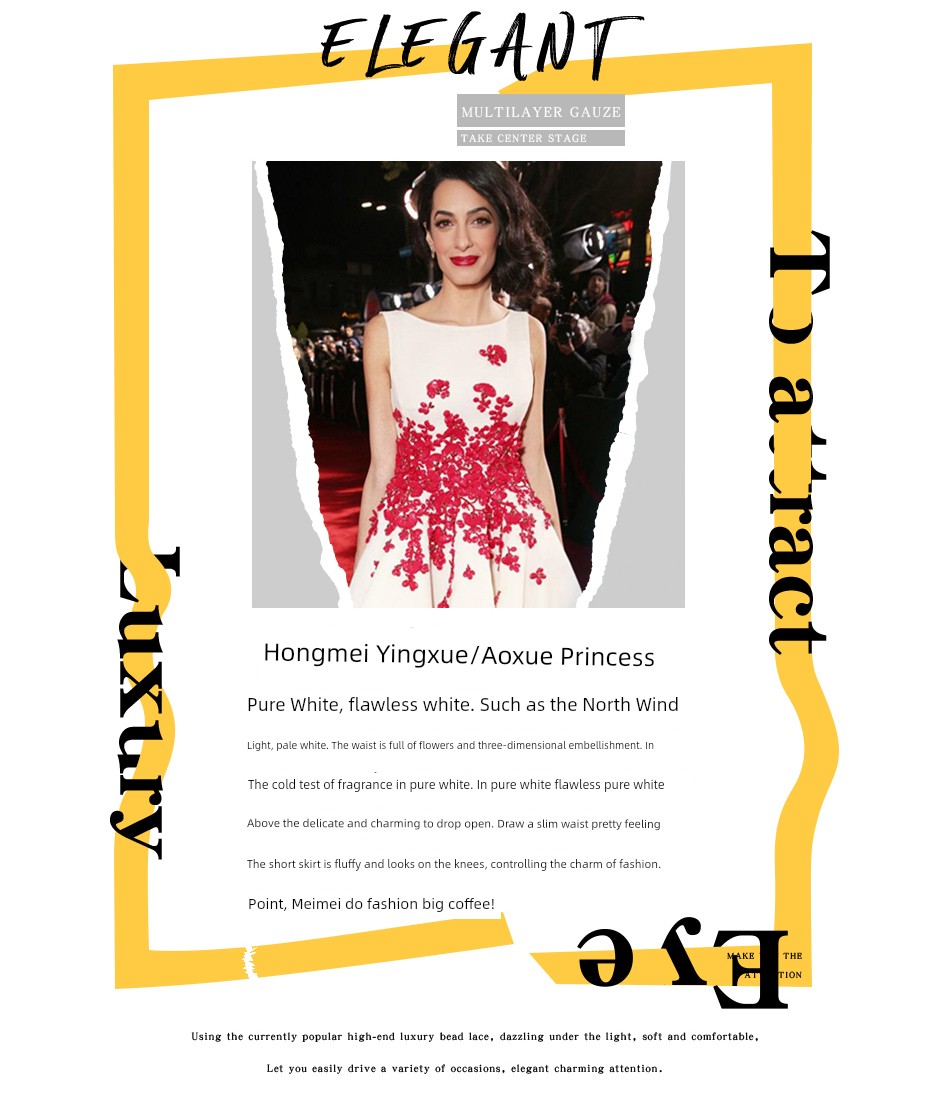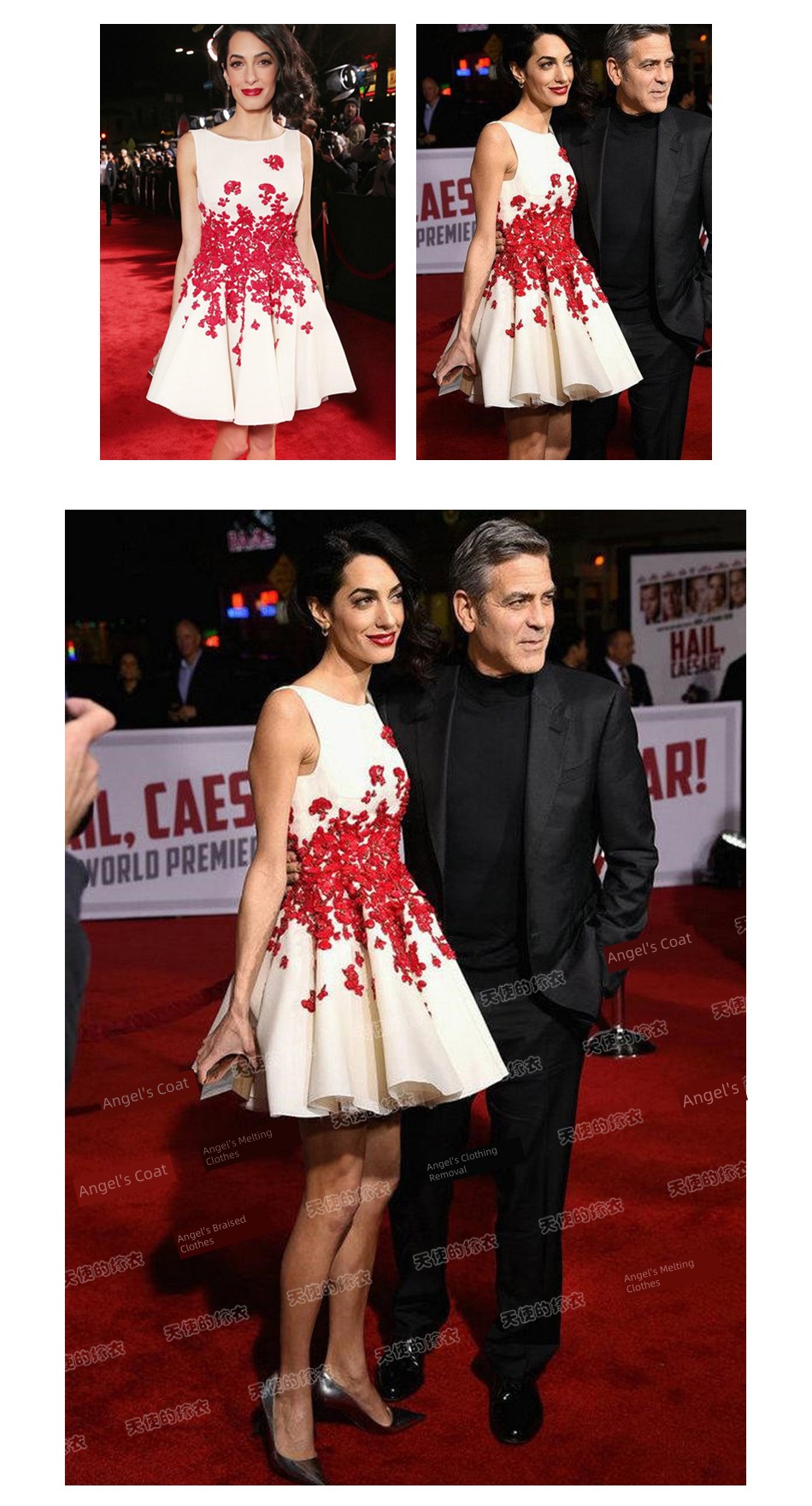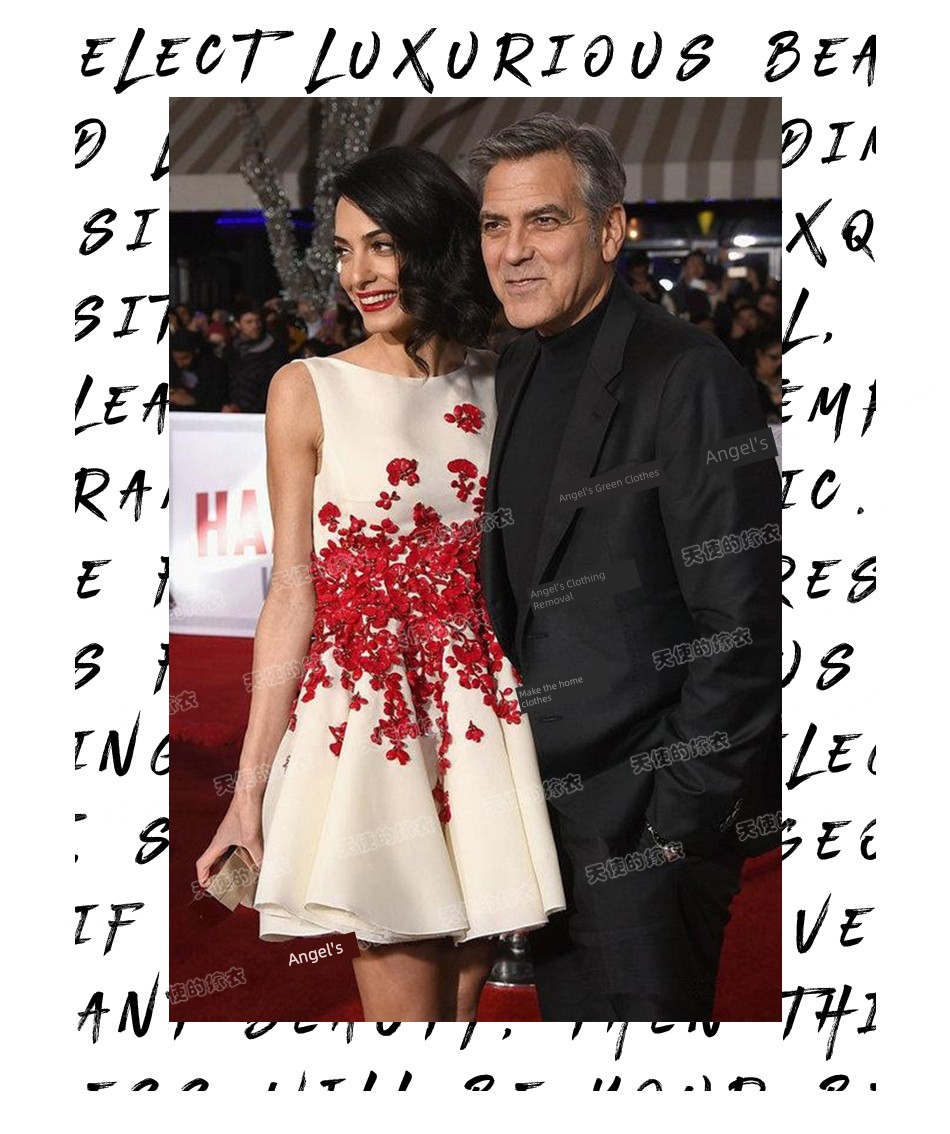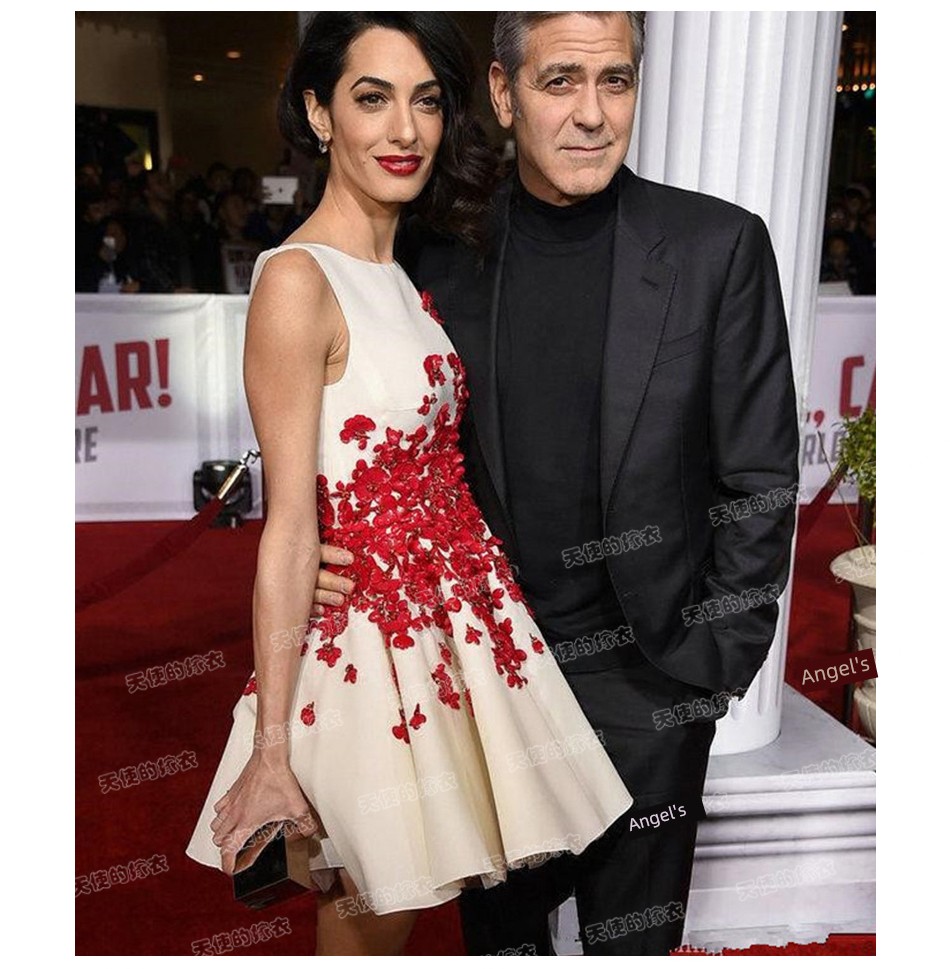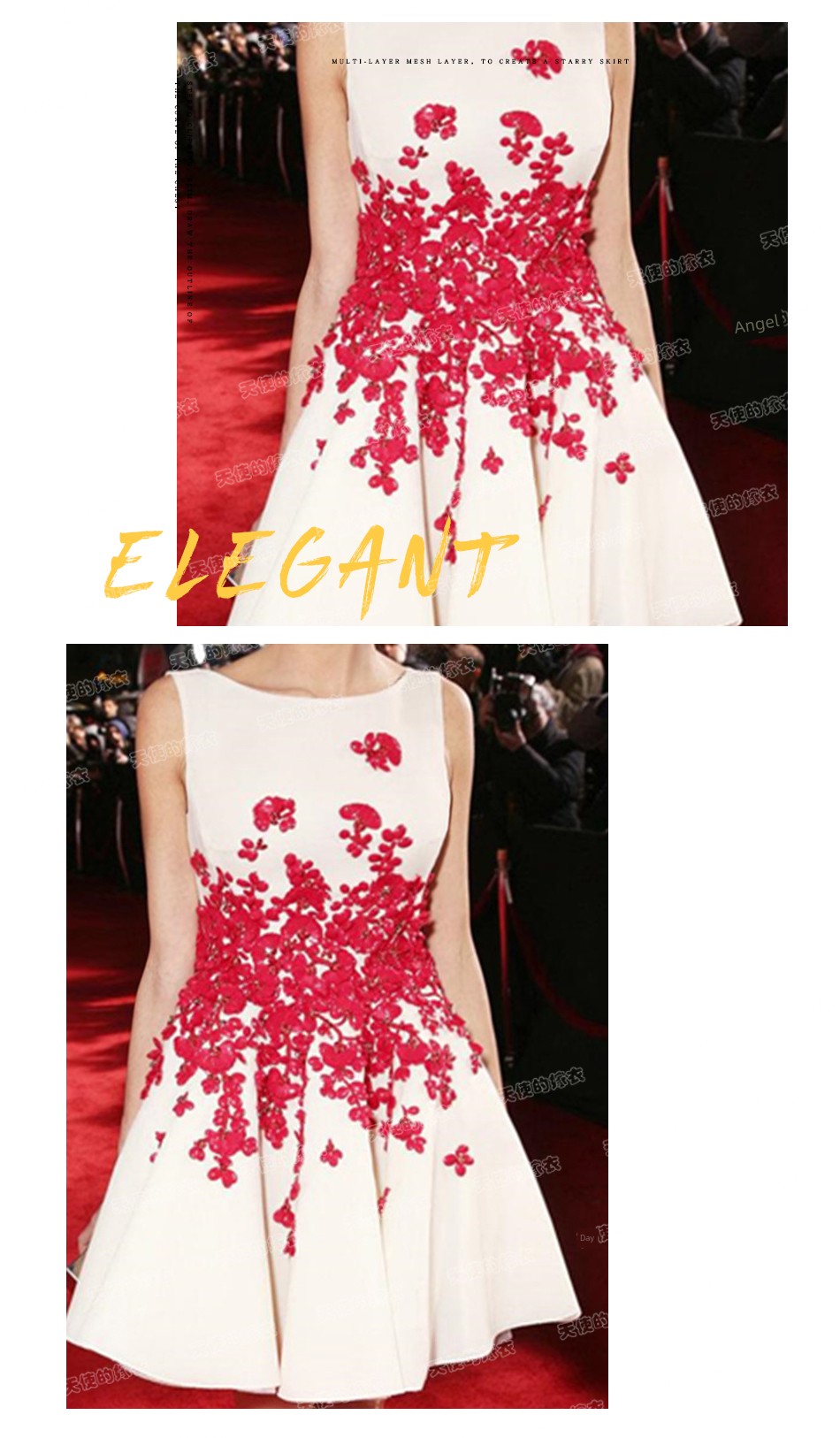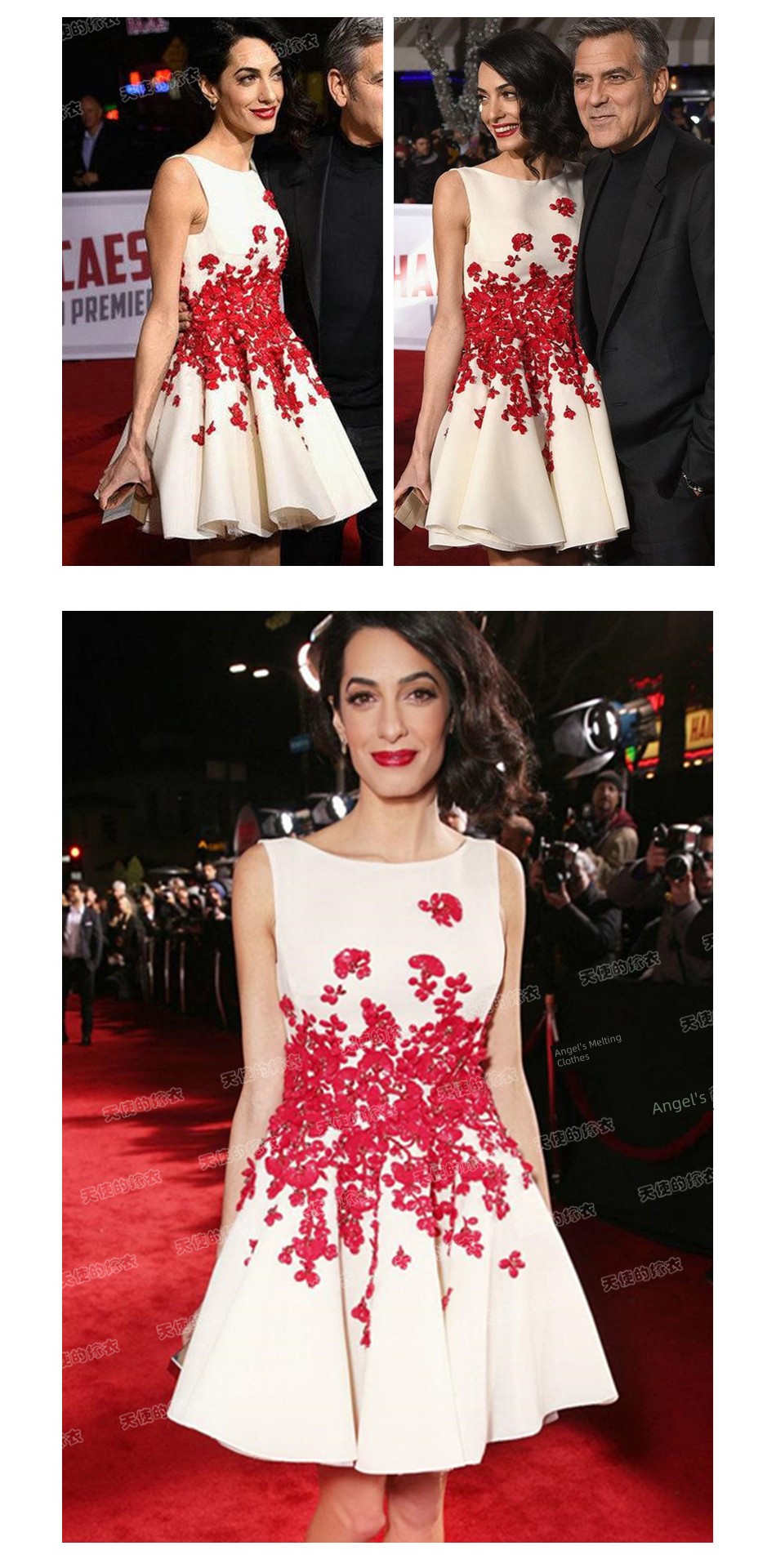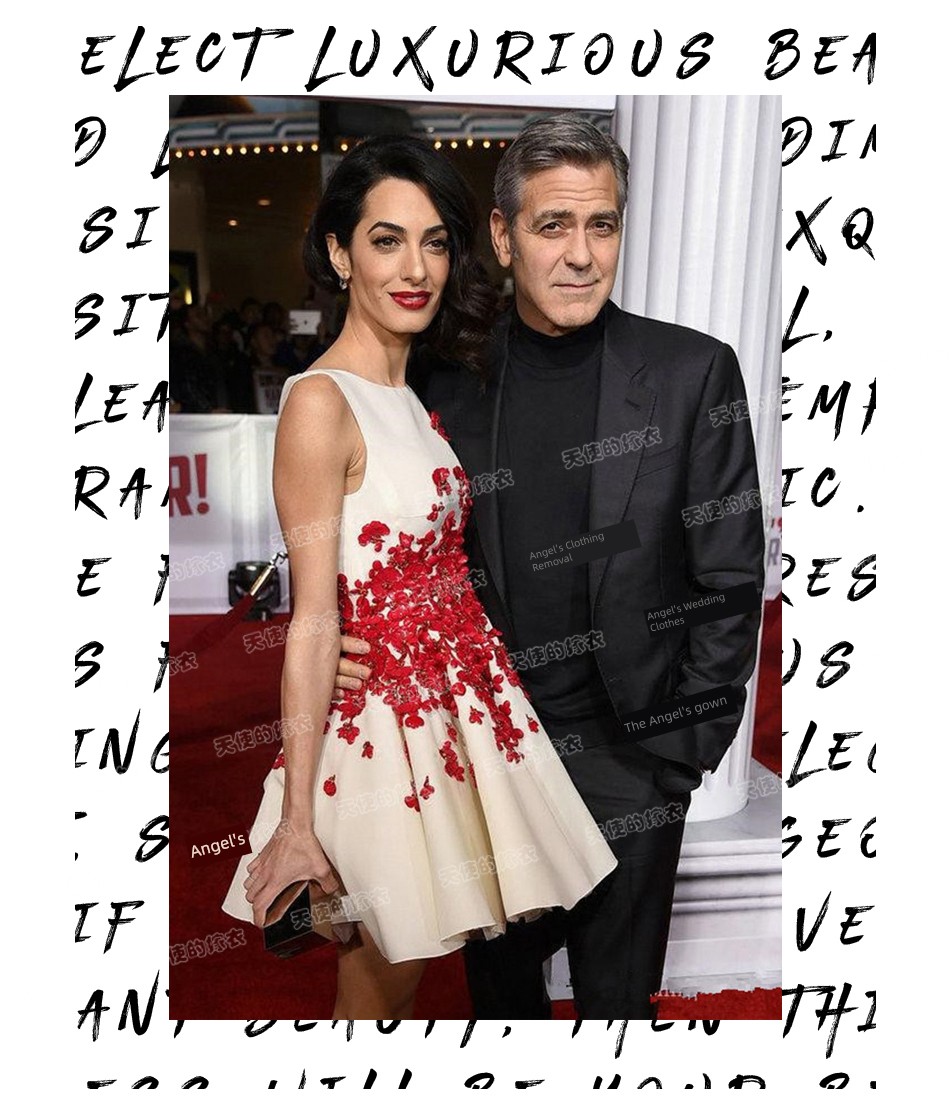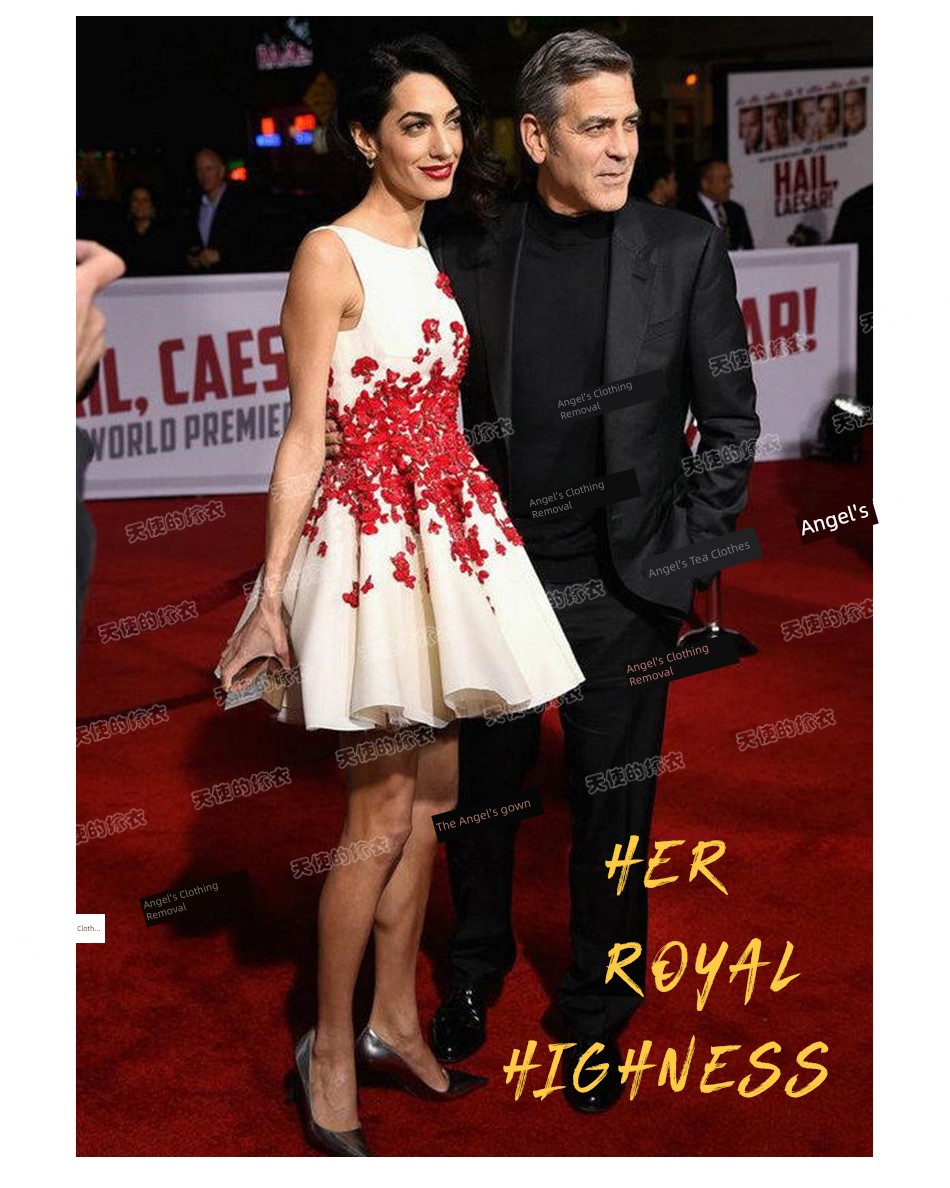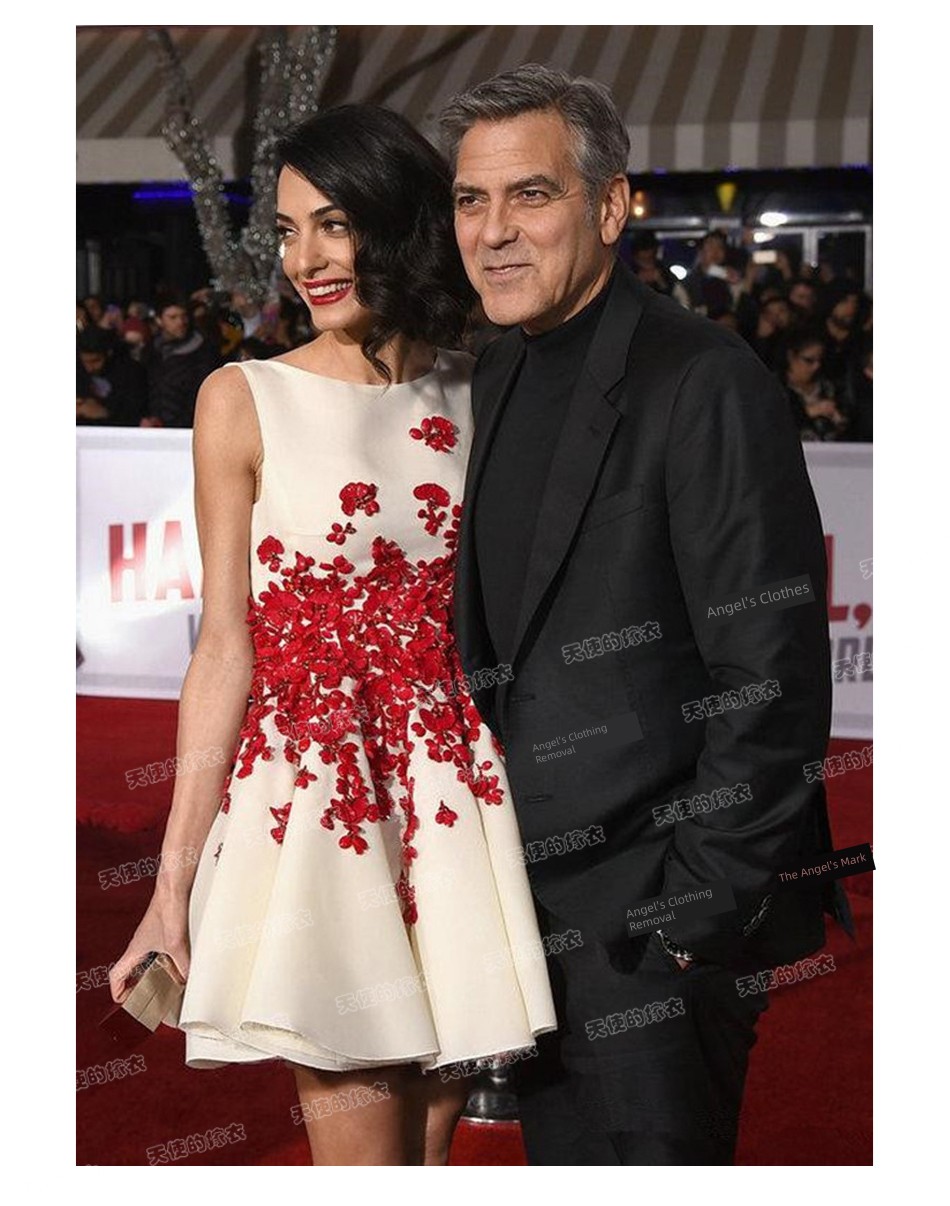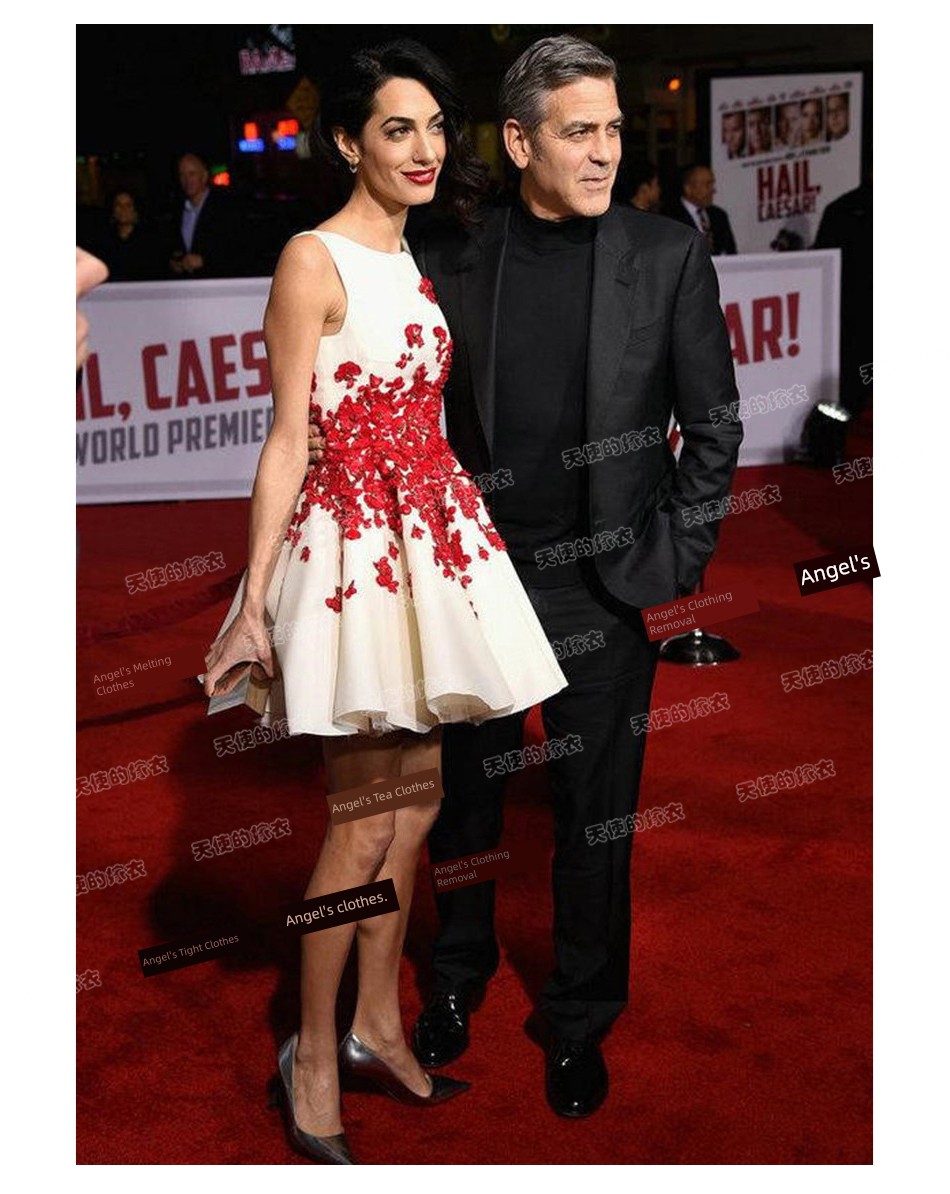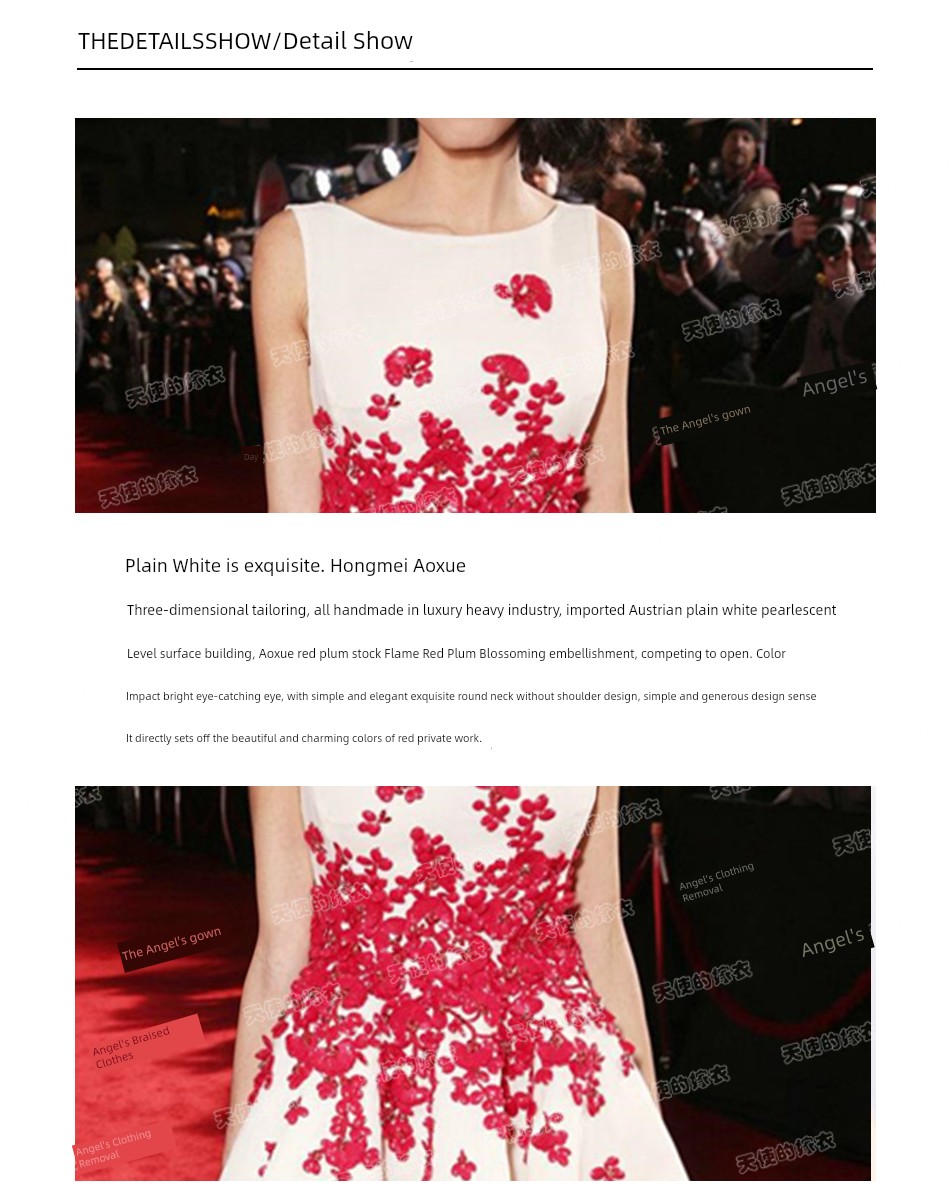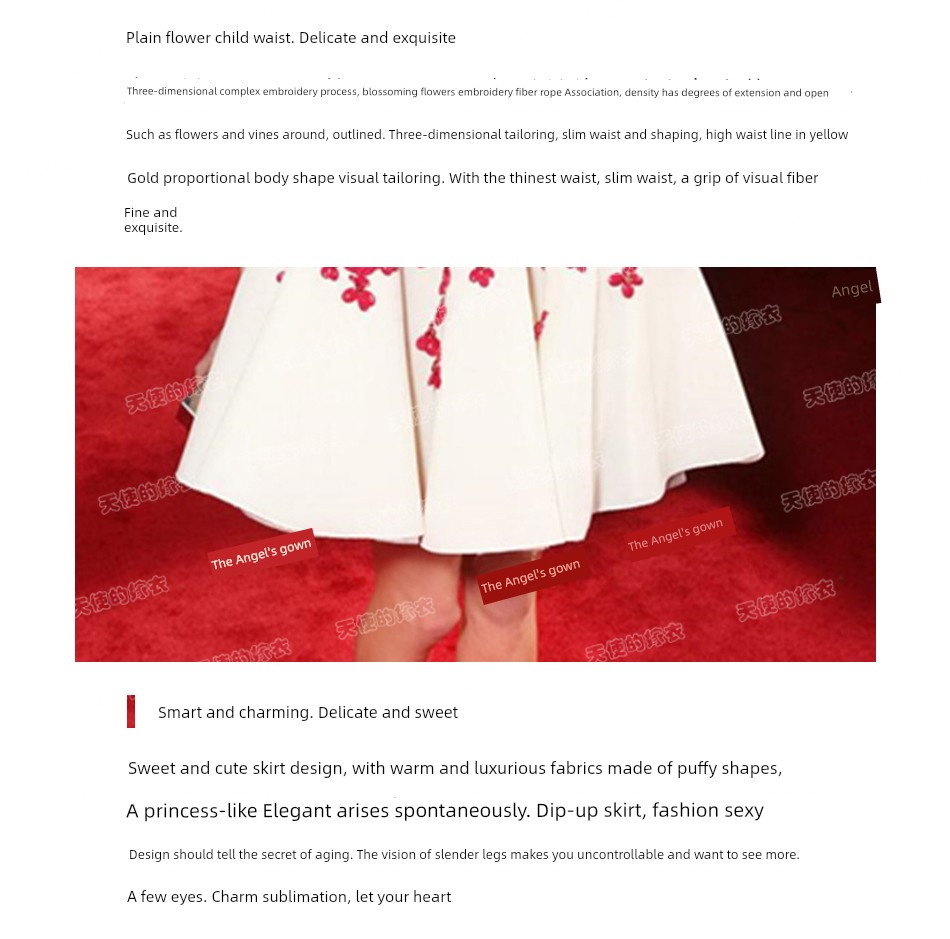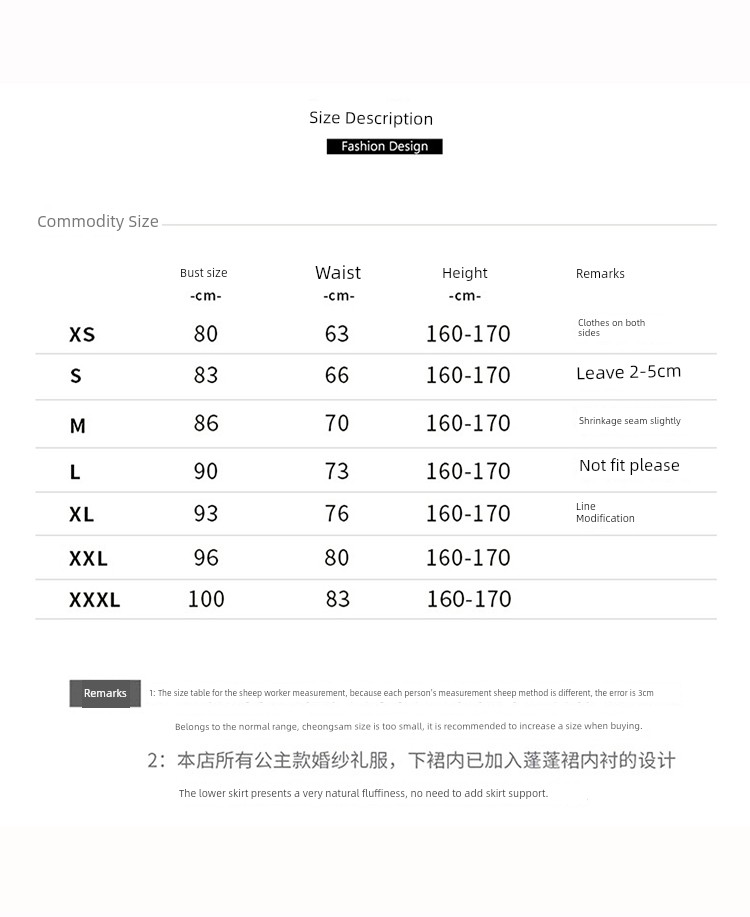Elegant Formal Dresses for Every Special Occasion – Shop Your Perfect Look Now!
When it comes to special occasions, one element can elevate the entire event: a stunning formal dress. Whether you're attending a classy wedding, an elegant gala, or a sophisticated corporate affair, the right ensemble is essential to making a lasting impression. This guide delves into the diverse formal dress styles available, helping you navigate the world of evening gowns, wedding guest dresses, and cocktail dresses with ease and flair.
Formal attire trends are ever-evolving, reflecting changes in culture, fashion, and societal norms. However, certain styles have stood the test of time, continuing to allure fashion enthusiasts with their elegance and sophistication. In this comprehensive overview, we will explore:
- Historical Perspectives: A brief journey through the evolution of formal dress styles and their significance.
- Essential Attire Types: Detailed insights into the main categories of formal dresses, including evening gowns and wedding guest dresses.
- Fashion Trends: The latest updates in formal attire trends that will keep your wardrobe contemporary and chic.
- Choosing the Perfect Design: Key factors to consider when selecting your dress, including body types, colors, and styles.
As you navigate through this guide, you'll discover how to choose the perfect formal dress that not only suits the occasion but also reflects your personal style. From understanding the latest in evening gowns to selecting the ideal wedding guest dresses and cocktail dresses, we've got you covered. So, let’s embark on a fashion journey that brings you closer to your next stunning look!
An Overview of Formal Dress Codes
In the world of fashion, formal dress codes establish the parameters for how to dress appropriately for various events. Understanding the nuances of each dress code is essential for ensuring that you feel confident and correctly attired. Below, we explore the most common formal dress codes, their characteristics, and the appropriate settings for each.
Black Tie
The black tie dress code is often required for upscale evening events, such as galas, weddings, or formal dinners. It typically involves:
- Men: A black tuxedo, a white dress shirt, a black bow tie, and black patent leather shoes.
- Women: An elegant evening gown or a sophisticated cocktail dress. Accessories such as statement jewelry can enhance the overall look.
Black tie events usually take place after 6 PM and are celebratory in nature, requiring attention to detail in your attire.
White Tie
White tie is the most formal dress code and calls for the highest level of elegance. It is often reserved for state dinners or formal balls. The requirements include:
- Men: A black tailcoat, white dress shirt, white bow tie, black waistcoat, and black patent leather shoes.
- Women: A floor-length evening gown, usually accompanied by formal gloves, and hair styled elegantly.
White tie events are among the most formal occasions and signify an invitation to an event of great significance.
Cocktail Attire
Cocktail attire is a more relaxed dress code that strikes a balance between formal and casual. Appropriate for events like cocktail parties, informal weddings, or receptions, it allows for creativity in fashion choices:
- Men: A dark suit or blazer with a dress shirt and tie. Depending on the event's informality, a lighter suit may also work.
- Women: A short or knee-length dress, often colorful and playful. Accessorizing can add personal flair.
While cocktail attire is less formal than black tie, it still demands a polished and put-together appearance.
Business Formal
Business formal is primarily associated with professional environments and official settings, such as high-level corporate events and important business meetings. Characteristics include:
- Men: A tailored suit with a dress shirt and tie. Neutral colors like navy or gray are preferred, accompanied by dress shoes.
- Women: A tailored suit (skirt or pants) with a blouse. Alternatively, a formal dress can also be appropriate if it aligns with professional standards.
Business formal emphasizes professionalism and sophistication, making it essential to choose understated colors and quality fabrics.
Understanding the differences in formal dress styles is crucial for making suitable attire choices for various events, ensuring that you adhere to the expectations and ambiance while expressing your personal style. Each occasion warrants a unique approach, reflecting the significance of the event and the impression you wish to convey. Whether it’s selecting the perfect evening gown, choosing wedding guest dresses, or picking stylish cocktail dresses, being informed about the latest formal attire trends can always enhance your fashion game.
Key Elements of Men’s Formal Wear
1. Suits
A well-fitted suit is the cornerstone of men's formal attire. It encapsulates elegance and professionalism, making it a crucial choice for any formal event. When selecting a suit, consider the following components:
- Fabric: Wool, cotton, and linen are popular choices. Wool is ideal for most conditions due to its durability and versatility.
- Fit: Suit fit comes in several styles, including tailored, slim, and classic. A tailored fit enhances the silhouette.
- Color: Popular colors include navy, charcoal grey, and black. For more daring choices, deep forest green or burgundy can also be considered.
Tips for Choosing Suit Colors: Always consider the occasion: lighter colors are perfect for daytime events, while darker shades are preferable for evening functions. Matching the suit with your skin tone is vital for appearing polished and confident.
2. Shirts
Shirts serve as the second layer of formal wear, and choosing the right one is essential. Dress shirts come in various styles, fabrics, and colors, which can drastically affect the overall appearance of your outfit.
- Collar Styles: Common styles include spread, point, or button-down collars. Each offers a different level of formality.
- Fabric: Cotton is the most widely used fabric due to its breathability and comfort. Consider higher thread counts for a more luxurious feel.
- Colors and Patterns: Solid colors are classic, but stripes or checks add personality. Ensure they complement the suit.
A well-pressed shirt contributes tremendously to your structured look. Ensure your shirt fits well in the shoulders and allows for comfortable movement in the arms.
3. Ties
Ties are essential accessories that can enhance or lift your formal ensemble. The right tie not only adds a pop of color but also reflects your style.
- Width: The width of the tie should complement the lapels of your suit. A standard width is approximately 3 to 3.5 inches.
- Material: Silk ties are the most classic choice, providing a sumptuous look. Wool or knit ties can be used for a more textured appearance.
- Patterns: Solid ties offer versatility, while patterned ties can express personal style. Always ensure they don’t clash with the shirt.
Choosing a Tie Color: When selecting tie colors, consider hues that harmonize with the suit and shirt. A tie should act as an accessory, enhancing the outfit without overwhelming it.
4. Shoes
The right pair of shoes can make or break your formal look. Opt for styles that complement your attire while also being appropriately formal.
- Types: Oxford shoes are the quintessential choice for formal wear. Brogues and loafers can also be appropriate depending on the dress code.
- Colors: Black shoes are universally accepted, but brown shades can work well with navy or grey suits.
- Fit: Ensure your shoes fit snugly but comfortably to avoid any discomfort throughout the day.
It’s crucial to invest in quality shoes that not only look good but also offer comfort, especially during long formal events.
5. Accessories
Accessories can elevate men’s formal attire to a new level. Thoughtful choices can showcase personal style and attention to detail.
- Watches: A classic wristwatch adds sophistication. Opt for minimalistic designs in leather or stainless steel.
- Belts: Leather belts should match shoe colors. Consider sleek, simple designs for a polished effect.
- Pocket Squares: A simple addition that can provide a splash of color and texture. Ensure it contrasts with the tie while aligning with overall outfit colors.
Remember, less is more; over-accessorizing can detract from the formal look you’re aiming to achieve. Choose wisely to keep your appearance cohesive and stylish.









